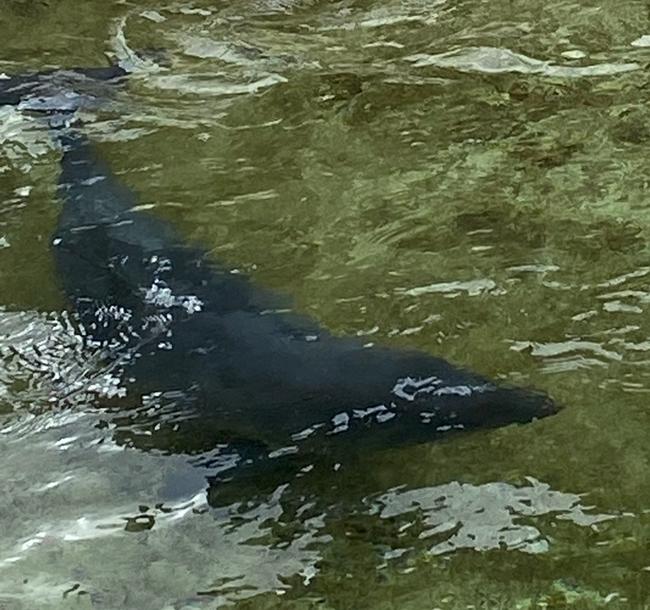Harbor Seal (Phoca vitulina)
Grey Seal (Halichoerus grypus) – Grijze Zeehond
Taxonomy: The Harbor Seal belongs to the Phocidae family, also known as true seals. They are pinnipeds, a group that also includes sea lions and walruses.
Species: Five subspecies exist, each adapted to specific regions across the Northern Hemisphere.
Reproduction: Females give birth to a single pup after an 11-month gestation, including a delayed implantation phase.
Habitat: Found in temperate and subarctic coastal waters, often hauling out on beaches, rocky shores, or sandbars.
Diet: Carnivorous, feeding on fish, squid, and crustaceans. They are opportunistic hunters, diving up to 500 meters.
Conservation: Threatened by habitat disturbance, pollution, and entanglement in fishing gear. Protected under various laws and agreements in many regions.
Unique Adaptations: Excellent swimmers with streamlined bodies and powerful flippers. Their whiskers are highly sensitive, aiding in detecting prey.
Lifespan: In the wild, they typically live 20-30 years.
Harbor Seals: Guardians of Coastal Waters
When thinking of marine wildlife, the spotlight often shines on dolphins, whales, and sharks. Yet, the Harbor Seal holds a quiet charm with its curious eyes and agile movements. These adaptable creatures play an essential role in maintaining healthy marine ecosystems.
What Is a Harbor Seal?
Harbor Seals, known scientifically as Phoca vitulina, are among the most widespread seal species. They are medium-sized pinnipeds with spotted coats that vary in color from gray to brown. Unlike sea lions, they lack external ear flaps and move awkwardly on land, but in water, they are graceful and efficient swimmers.
Seals haul out on land to rest, molt, and give birth. Their choice of haul-out sites is critical for their survival, as these areas provide safety from predators and a place to conserve energy.
Life Underwater
Harbor Seals are masters of the ocean. Their streamlined bodies and strong hind flippers make them excellent swimmers. They can hold their breath for up to 30 minutes while diving in search of food. Their diet includes fish like herring and cod, as well as squid and crustaceans. Using their sensitive whiskers, called vibrissae, they can detect even the slightest movements of prey in dark or murky waters.
Despite their adorable looks, Harbor Seals are skilled hunters. Their ability to adapt their diet makes them key players in balancing coastal marine food chains.
Conservation Challenges
Harbor Seals face multiple threats, from habitat destruction to pollution. Human activities like fishing and boating can disturb their haul-out sites. Entanglement in fishing nets is another serious issue. Moreover, climate change is altering their habitats, making life more challenging for these resilient animals.
Many countries have enacted laws to protect seals, such as the Marine Mammal Protection Act in the United States. Public awareness and conservation efforts continue to play a vital role in securing a future for these marine guardians.
Why They Matter
Harbor Seals contribute significantly to the health of coastal ecosystems. By keeping prey populations in check, they ensure a balanced food web. Protecting them means protecting the marine environment as a whole.
Next time you spot one of these curious creatures lounging on a beach or bobbing in the waves, remember their vital role in our oceans. Harbor Seals are not just inhabitants of the sea; they are its stewards, silently maintaining balance beneath the waves.







